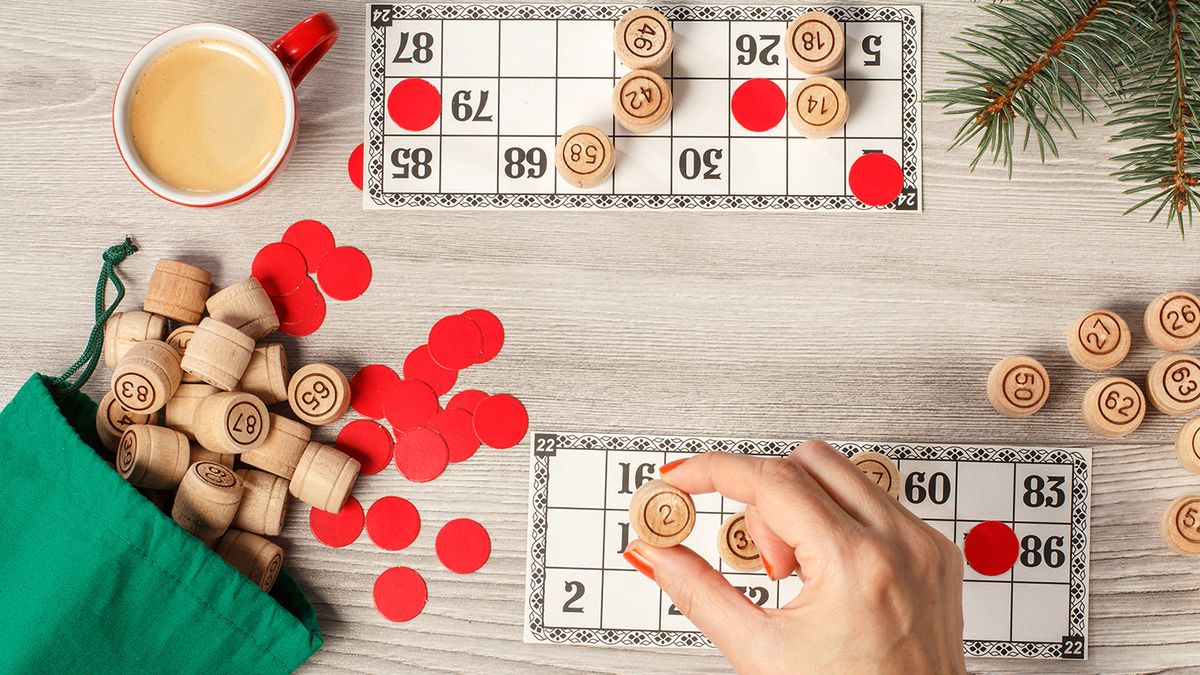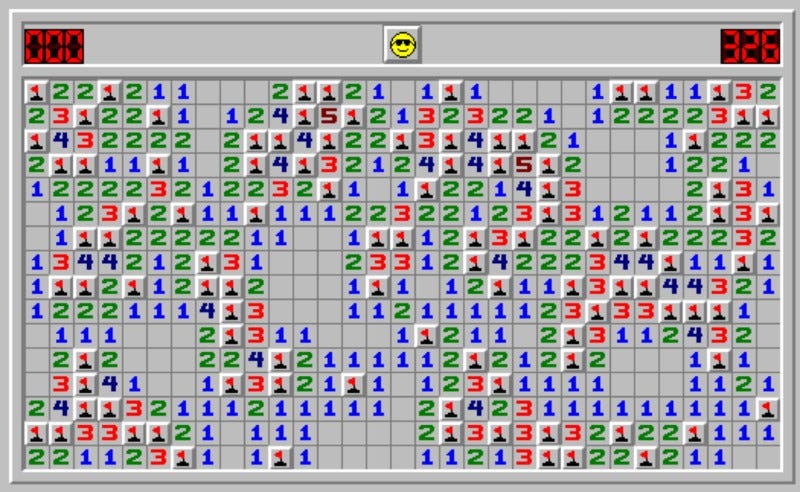Sudoku, a number puzzle game, has its origins in Switzerland. The modern version we know today, however, was popularized in Japan in the 1980s by puzzle publisher Nikoli Co. Ltd. Initially named “Number Place,” it gained international recognition in the early 21st century. The name “Sudoku” is a blend of two Japanese words, “su” (meaning “number”) and “doku” (meaning “single”). It became a global sensation through newspapers and digital platforms, offering a challenging yet addictive way to exercise logical thinking and problem-solving skills. Sudoku has since become a beloved pastime, with various adaptations and tournaments held worldwide.
Sudoku is a popular logic-based number puzzle game that has gained immense popularity worldwide. Here’s all you need to know about Sudoku:
1. Objective of Sudoku:
The goal is to fill a 9×9 grid with numbers so that each column, each row, and each of the nine 3×3 subgrids (known as “regions” or “boxes”) contains all of the digits from 1 to 9. In other words, no number can be repeated in the same column, row, or 3×3 region.
2. Grid Structure:
A puzzle starts with some cells already filled with numbers (known as “clues”), while others are left empty for the player to complete.

3. Rules:
- Each row must contain all the numbers from 1 to 9 without repetition.
- Each column must also contain all the numbers from 1 to 9 without repetition.
- Each of the nine 3×3 regions must contain all the numbers from 1 to 9 without repetition.
Also Read: CEO of Shemaroo Entertainment Hiren Gada arrested for tax fraud of Rs 70 crore
4. Logic and Deduction:
Sudoku is a game of logic and deduction, and it doesn’t require any mathematical skills. Players must use deductive reasoning to determine the correct placement of numbers based on the given clues and the numbers already filled in the grid.
5. Difficulty Levels:
Sudoku puzzles come in various difficulty levels, ranging from easy to very challenging. The more clues given at the start, the easier the puzzle. Expert players can tackle the most challenging grids with fewer initial clues.
6. Solvability:
Sudoku puzzles are designed to be solvable using logic alone. Guessing or trial-and-error is not required. A well-constructed puzzle should have a unique solution.
7. Variations:
Over the years, this game has inspired numerous variations, including:
- Sudoku X: In addition to regular rules, the diagonals must also contain unique numbers from 1 to 9.
- Killer Sudoku: Instead of conventional clues, cages with a sum value are provided, and the numbers within each cage must add up to the specified sum.
- Hyper Sudoku: A larger 16×16 grid with 4×4 regions.
- Irregular Sudoku: Non-square regions with irregular shapes, challenging the player to think outside the traditional 3×3 box.

8. Popularity:
Sudoku gained international popularity in the early 21st century, primarily through newspapers, magazines, and later, digital platforms and mobile apps. It’s known for its ability to sharpen one’s logical thinking and problem-solving skills.
9. Online and Mobile:
It is readily available online, in newspapers, and as mobile apps. Players can enjoy these puzzles in various formats, including traditional paper puzzles or interactive digital versions.
10. Competitive Play:
Some individuals and organizations organize Sudoku tournaments and championships where players compete to solve puzzles quickly and accurately.
It is a challenging and intellectually stimulating game enjoyed by people of all ages and backgrounds, offering hours of entertainment and mental exercise.
Also Read: International Literacy Day: Empowering Through Education











